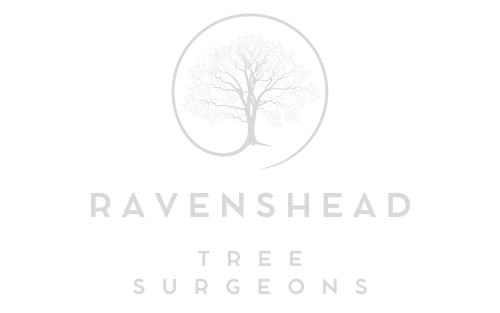Stump Grinding: Common Mistakes to Avoid
Introduction: Stump grinding is a crucial step in the process of tree removal, offering an efficient and effective solution for eliminating unsightly stumps from residential and commercial properties. However, improper stump grinding techniques can lead to costly mistakes and potential hazards. In this blog post, we’ll discuss common mistakes to avoid when undertaking stump grinding and provide tips for achieving successful stump removal outcomes.
Inadequate Safety Precautions:
- One of the most critical aspects of stump grinding is ensuring the operator’s and surrounding property’s safety. Failure to implement proper safety precautions, such as wearing personal protective equipment (PPE), securing the work area, and using appropriate safety guards on equipment, can result in accidents or injuries. Before beginning the stump grinding process, it’s essential to prioritise safety and adhere to industry best practices to prevent accidents and ensure a safe working environment.
Incorrect Equipment Selection:
- Choosing the right equipment for the job is essential for achieving effective stump grinding results. Using too small or underpowered equipment for the task at hand can lead to inefficiencies, prolonged grinding times, and subpar outcomes. Conversely, using too large or powerful equipment may cause unnecessary damage to surrounding vegetation or property. It’s crucial to select equipment that is appropriately sized and suited to the specific requirements of the stump grinding project to ensure optimal performance and efficiency.
Improper Grinding Depth:
- Achieving the correct grinding depth is essential for ensuring thorough stump removal and preventing regrowth. Grinding stumps too shallowly may leave remnants of the stump and roots, leading to potential regrowth or aesthetic issues. Conversely, grinding stumps too deeply can damage underground utilities, irrigation systems, or nearby vegetation. It’s essential to carefully assess the stump’s size, root structure, and surrounding environment to determine the appropriate grinding depth and achieve complete stump removal.
Neglecting to Call Utility Locating Services:
- Before commencing any excavation or digging activities, including stump grinding, it’s crucial to call utility locating services to identify the presence of underground utilities such as gas lines, water pipes, or electrical cables. Failing to locate and mark underground utilities can result in accidental damage or disruption of essential services, leading to costly repairs, service interruptions, or safety hazards. Always prioritise safety by contacting utility locating services before starting excavation or stump grinding work.
Ignoring Environmental Considerations:
- Stump grinding can have environmental implications, particularly if not performed with care and consideration for the surrounding ecosystem. Neglecting to properly dispose of grinding debris, such as wood chips and debris, can lead to environmental contamination or habitat disruption. Additionally, grinding stumps near water bodies or sensitive areas may require special permits or environmental assessments to ensure compliance with regulations. It’s essential to be mindful of environmental considerations and take appropriate measures to minimise the ecological impact of stump grinding activities.
Conclusion: Avoiding common mistakes in stump grinding is essential for achieving successful outcomes and ensuring a safe and efficient process. Property owners can avoid costly errors and achieve optimal results in stump removal projects by prioritising safety precautions, selecting the right equipment, achieving the correct grinding depth, calling utility locating services, and considering environmental factors. With careful planning and attention to detail, stump grinding can be completed effectively and responsibly, leaving behind a clean and aesthetically pleasing landscape.
Call us on: 01623 397 895
Click here to find out more about Ravenshead Tree Surgeons
Click here to complete our contact form and see how we can help with your tree’s needs.

